Kaiser Permanente research scientist’s wide-ranging interests have built an expansive epidemiology career
Many people have a career path that looks like a straight trajectory. Carlos Iribarren, MD, MPH, PhD, is not one of them. Yet when you look at the work Iribarren does now as a research scientist in the Cardiovascular and Metabolic Conditions section at the Kaiser Permanente Division of Research, it makes perfect sense how he arrived where he did.
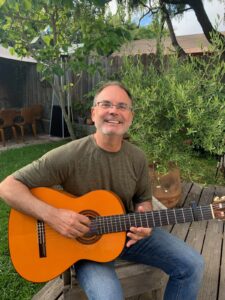
Iribarren’s path first diverged after he graduated from medical school at the Complutense University of Madrid — a large, public university in the city where he was born and raised, when he chose to pursue a Master’s in Public Health rather than start a residency. It diverged again when he did a stint at a health services consulting firm before returning to academia to pursue a PhD in epidemiology as a Fulbright scholar at the University of Southern California. That work ultimately led Iribarren to DOR research scientist Steve Sidney, MD, MPH, and his groundbreaking Coronary Artery Risk Development in Young Adults (CARDIA) study. Iribarren flew to Oakland to see the study in action and, he said, “the rest is history.”
Since he began work as a DOR research scientist in 1997, Iribarren’s wide-ranging interests have led to an unconventional career that includes publications outside the field of cardiovascular prevention. We spoke with Iribarren about some of the highlights of his career — and how he’d like to see his future research unfold.
How have your research interests changed throughout the course of your career?
When I first started at the Division of Research, I began using Kaiser Permanente’s Multiphasic Health Checkup databases to examine the epidemiology of health issues ranging from abdominal aortic aneurisms to thyroid cancer. I then investigated promising biomarkers for cardiovascular disease, inflammation, and angiogenesis before pursuing a series of studies on kidney function and risk of cardiovascular disease and asthma and chronic obstructive pulmonary disease. I then began to collaborate with our Diabetes Registry group — which resulted in a paper on glycemic control and heart failure that remains 1 of my most cited studies. After that, I worked with Alan Go, MD, on a series of studies investigating the genetic determinants of coronary artery disease.
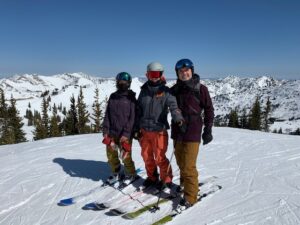
What is your primary focus now?
The adoption of cardiac computed tomography (CT scans) fueled the research that has been my focus for the past 12 years — the MINERVA (MultIethNic Study of BrEast ARterial Calcium Gradation and CardioVAscular Disease) study. This effort culminated in the publication this year of the main MINERVA findings which confirmed our hypothesis that breast arterial calcification as seen on mammography is associated with an increased risk for heart disease.
I continue to work on the genetics of cardiovascular traits, leveraging our Genetic Epidemiology Resource in Adult Health and Aging (GERA) cohort. I also am collaborating with industry partners to develop and validate polygenic risk scores for coronary artery disease. On the lung disease front, I have become interested in interstitial lung disease, also known as pulmonary fibrosis, and am pursuing research with collaborators at UCSF. I am also fortunate to be part of the Pathways Heart Study investigators group, which is making seminal contributions in the area of cardio-oncology.
What do you wish you knew earlier?
I now see the importance of focusing on a few areas of research. In my case, these areas are primary prevention of cardiovascular disease and improvement of risk prediction with circulating blood biomarkers, imaging biomarkers and genetic factors. It took me over 20 years to get here, and during that time I did a lot of work on many seemingly disconnected areas, but that journey made me a broad-based epidemiologist.
What studies would you like to do next?
I would like to see research findings from my studies be translated and incorporated into clinical practice. The next step to accomplish this would be a series of pragmatic trials designed to investigate whether we can use certain proteins that are found in the blood or breast calcification seen on mammography to predict risk of heart disease. I’m not a clinical trialist, so I would need to partner with the right team to do this research.
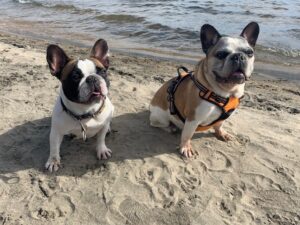
What do you like to do in your free time?
My wife, Mitzi, and I have 2 children, Luca and Maya. We also have 2 French bulldogs, Nola and Tula, who are a big part of my life. One of the reasons I decided to settle in the Bay Area is the opportunities for outdoor sports activities. I like to windsurf in the Bay in the summer and to ski in the winter. It was a dream come true when, in 2014, we were able to purchase a cabin in Northstar near the North Shore of Lake Tahoe. When I turned 50, I decided to start taking guitar lessons, first learning flamenco and then jazz. I continue to cultivate this hobby. I also enjoy gardening, cooking (mostly grilling), and wine.
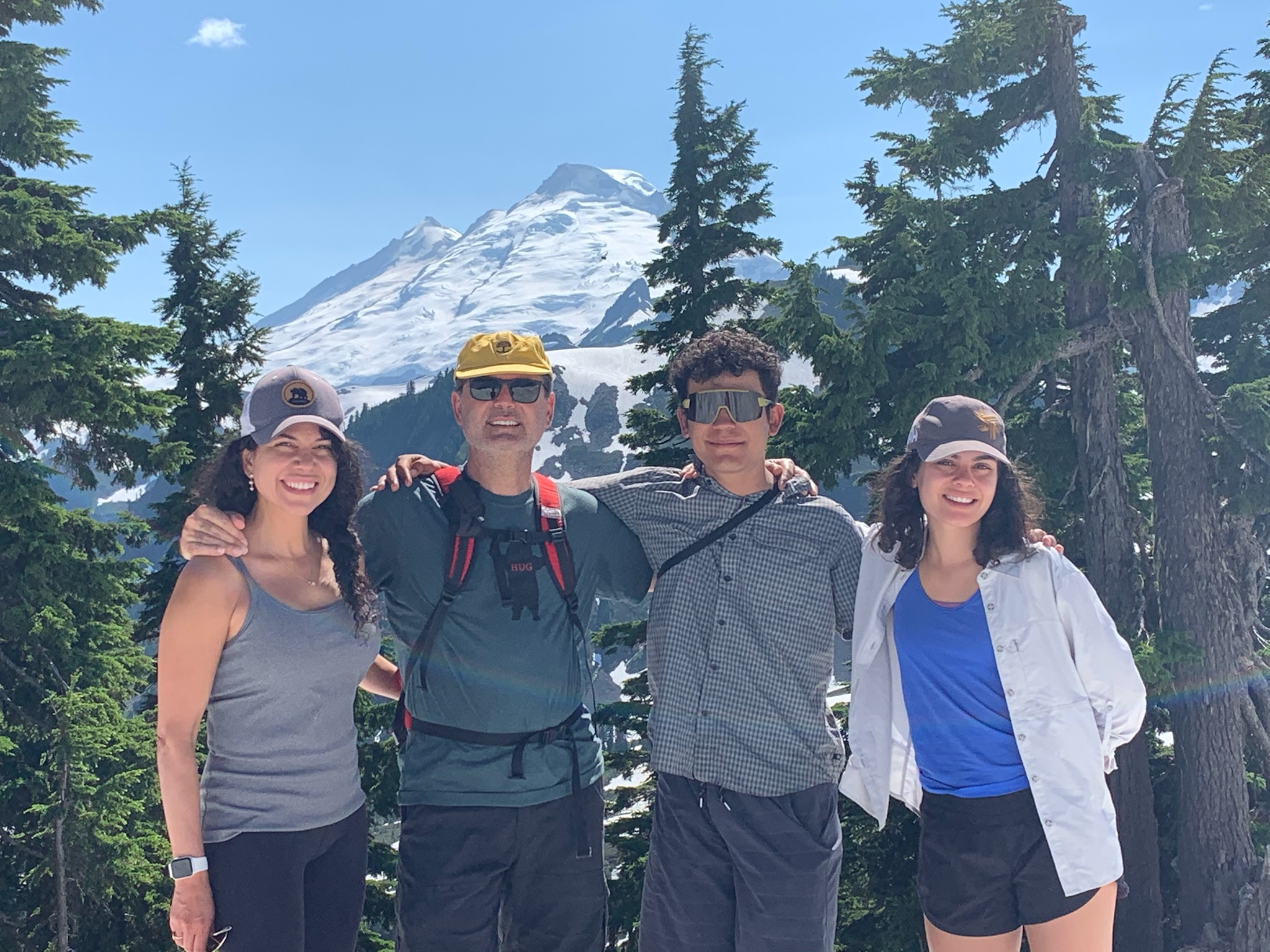



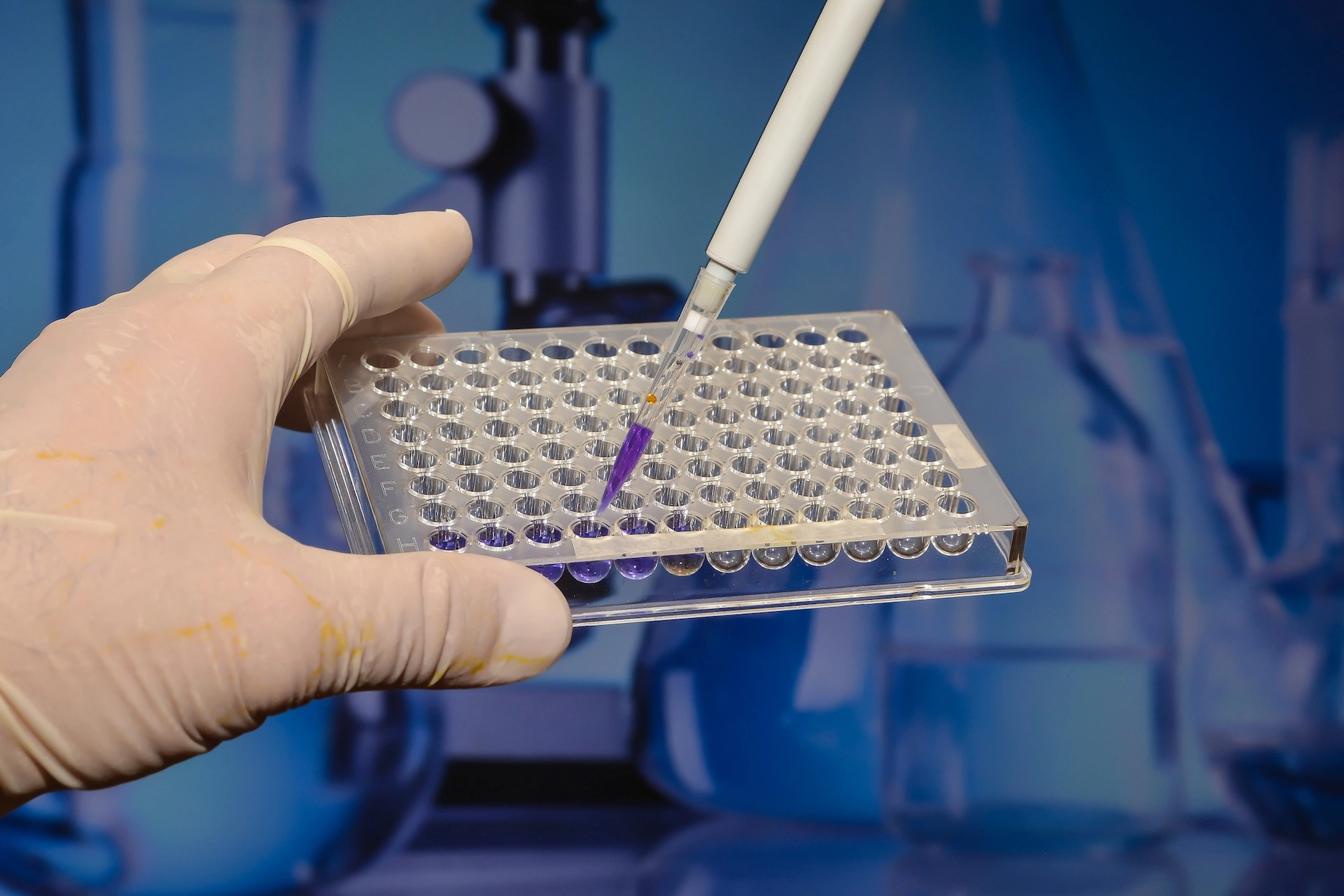
This Post Has 0 Comments